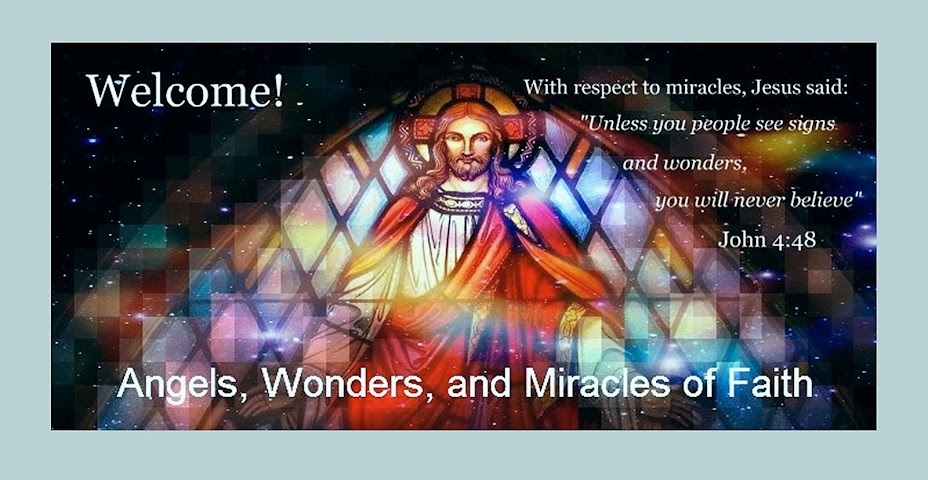The Sacred Heart of Jesus
Photo by Loci B. Lenar
Litany of the Sacred Heart of Jesus
V. Lord, have mercy on us.
R. Christ, have mercy on us.
V. Lord, have mercy on us. Christ, hear us.
R. Christ, graciously hear us.
V. God the Father of Heaven, have mercy on us.
God the Son, Redeemer of the world, have mercy on us.
God the Holy Ghost, have mercy on us.
Holy Trinity, one God, have mercy on us.
Heart of Jesus, Son of the Eternal Father, have mercy on us.
Heart of Jesus, formed in the womb of the Virgin Mother by the Holy Ghost, have mercy on us.
Heart of Jesus, united substantially to the Word of God.
Heart of Jesus, of infinite majesty.
Heart of Jesus, holy temple of God.
Heart of Jesus, tabernacle of the Most High.
Heart of Jesus, house of God and gate of heaven.
Heart of Jesus, glowing furnace of charity.
Heart of Jesus, vessel of justice and love.
Heart of Jesus, full of goodness and love.
Heart of Jesus, abyss of all virtues.
Heart of Jesus, most worthy of all praise.
Heart of Jesus, King and center of all hearts.
Heart of Jesus, in whom art all the treasures of wisdom and knowledge.
Heart of Jesus, in whom dwelleth all the fullness of the Godhead.
Heart of Jesus, in whom the Father was well pleased.
Heart of Jesus, of whose fullness we have all received.
Heart of Jesus, desire of the everlasting hills.
Heart of Jesus, patient and rich in mercy.
Heart of Jesus, rich to all who call upon Thee.
Heart of Jesus, fount of life and holiness.
Heart of Jesus, propitiation for our offenses.
Heart of Jesus, overwhelmed with reproaches.
Heart of Jesus, bruised for our iniquities.
Heart of Jesus, obedient even unto death.
Heart of Jesus, pierced with a lance.
Heart of Jesus, source of all consolation.
Heart of Jesus, our life and resurrection.
Heart of Jesus, our peace and reconciliation.
Heart of Jesus, victim for our sins.
Heart of Jesus, salvation of those who hope in Thee.
Heart of Jesus, hope of those who die in Thee.
Heart of Jesus, delight of all saints.
V. Lamb of God, who takest away the sins of the world,
R. spare us, O Lord.
V. Lamb of God, who takest away the sins of the world,
R. graciously hear us, O Lord.
V. Lamb of God, who takest away the sins of the world,
R. have mercy on us.
V. Jesus, meek and humble of Heart,
R. Make our hearts like unto Thine.
Let us pray.
Almighty and everlasting God, look upon the Heart of Thy well-beloved Son and upon the acts of praise and satisfaction which He renders unto Thee in the name of sinners; and do Thou, in Thy great goodness, grant pardon to them who seek Thy mercy, in the name of the same Thy Son, Jesus Christ, who liveth and reigneth with Thee, world without end.
The above prayer can be found on Catholic websites. For a selection of other prayers, please visit the following link: Devotional Prayers
The photograph of the stained glass window detail can be seen inside of Our Lady of the Lake Church. The Catholic church is located in Sparta, NJ, USA.
Photograph Copyright 2010 Loci B. Lenar
Christian-Miracles.com
The above prayer can be found on Catholic websites. For a selection of other prayers, please visit the following link: Devotional Prayers
The photograph of the stained glass window detail can be seen inside of Our Lady of the Lake Church. The Catholic church is located in Sparta, NJ, USA.
Photograph Copyright 2010 Loci B. Lenar
Christian-Miracles.com







